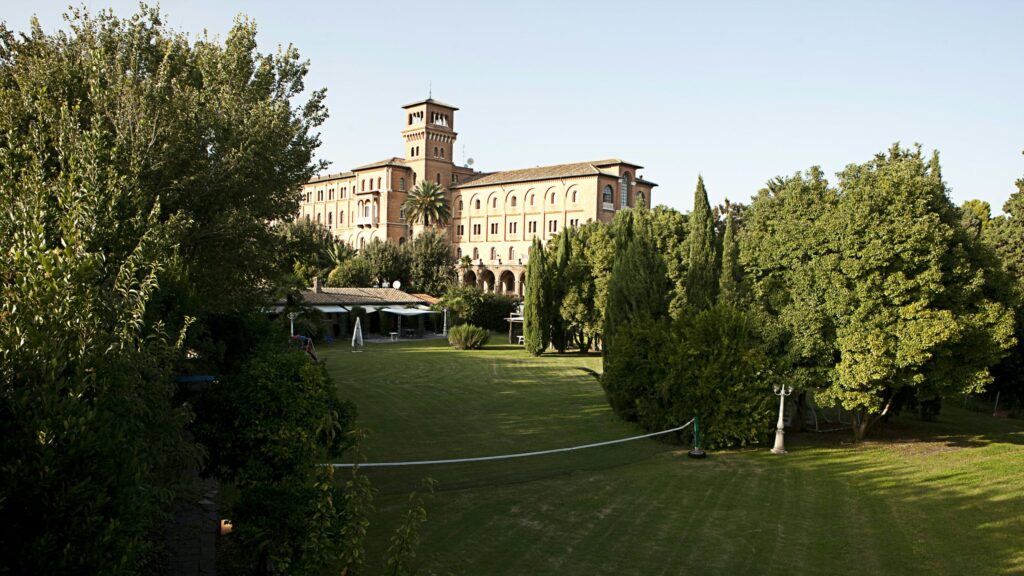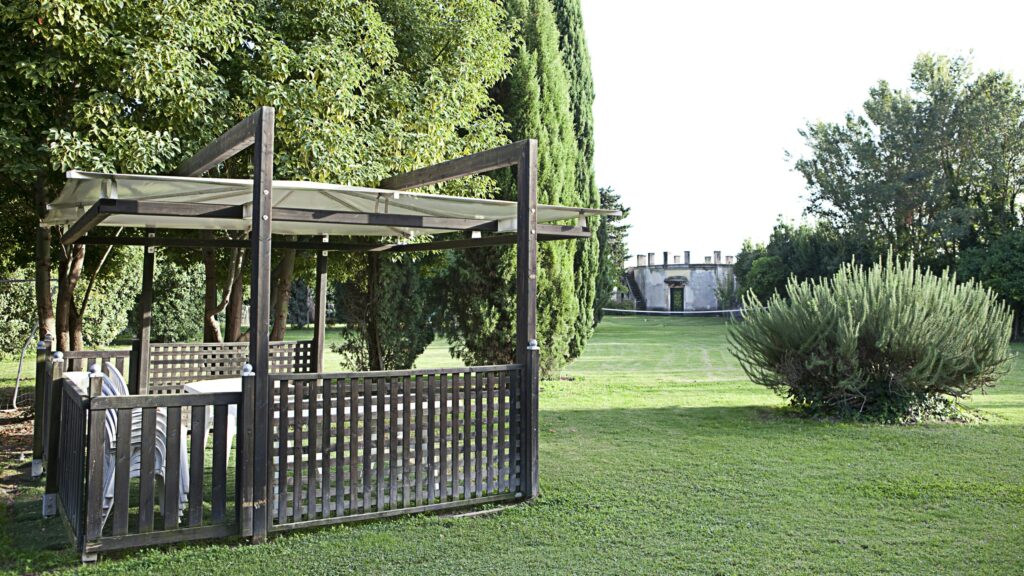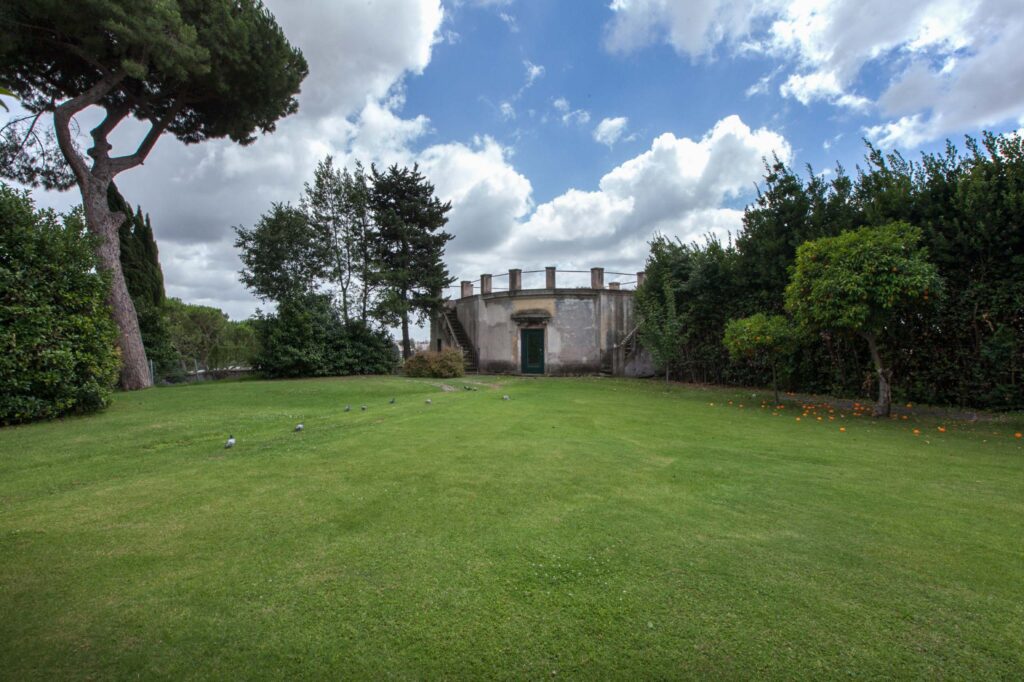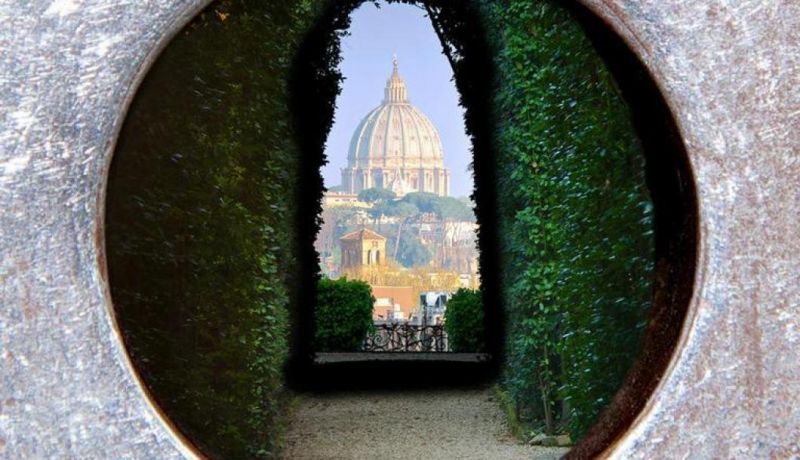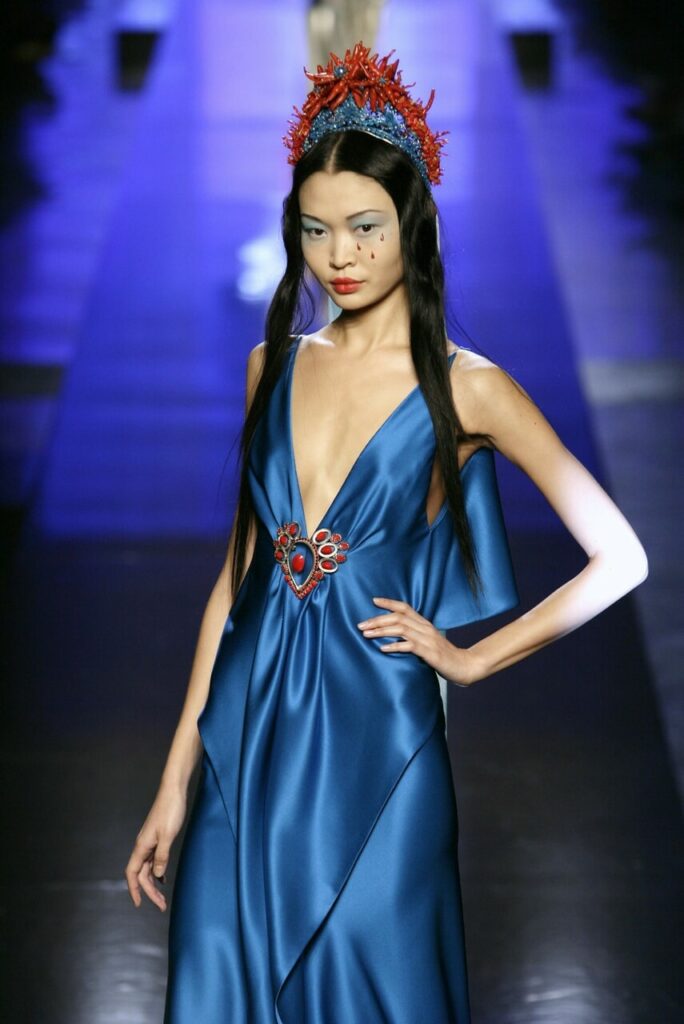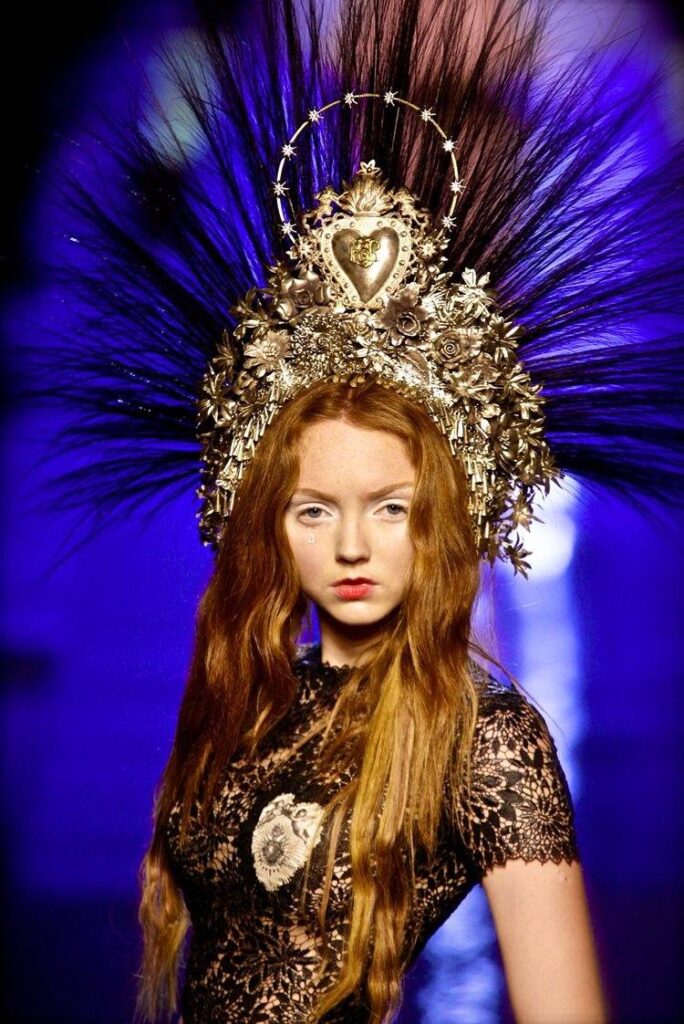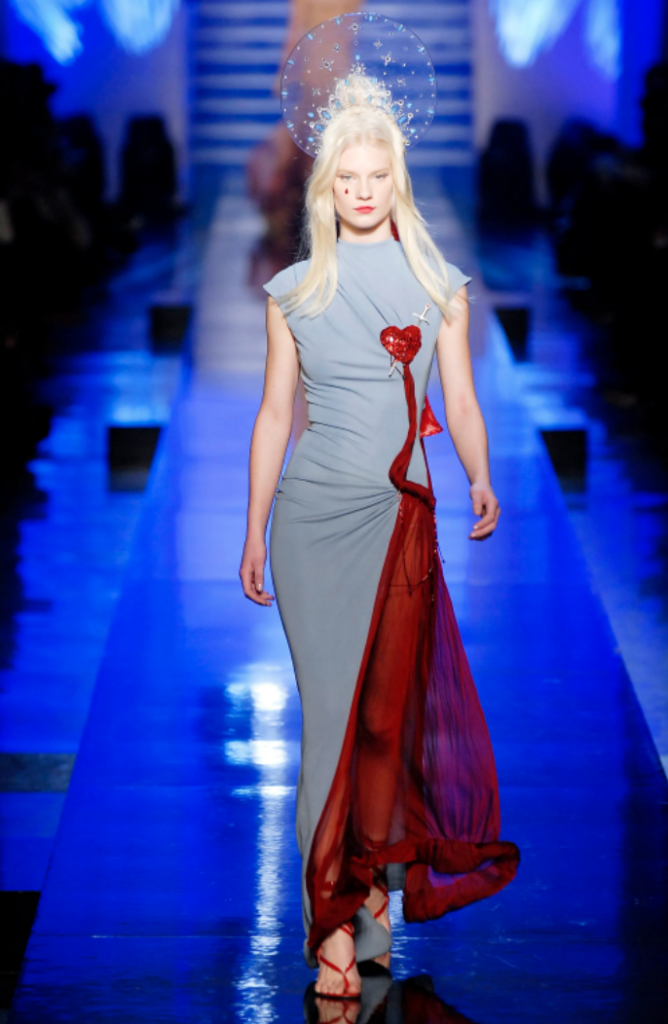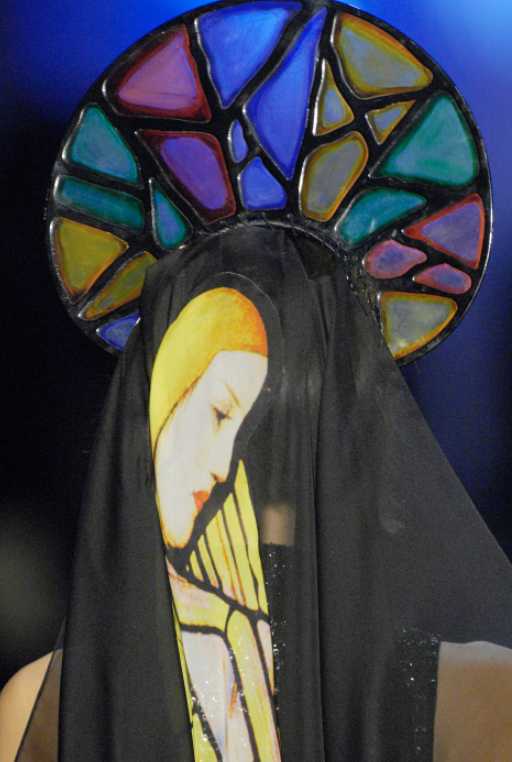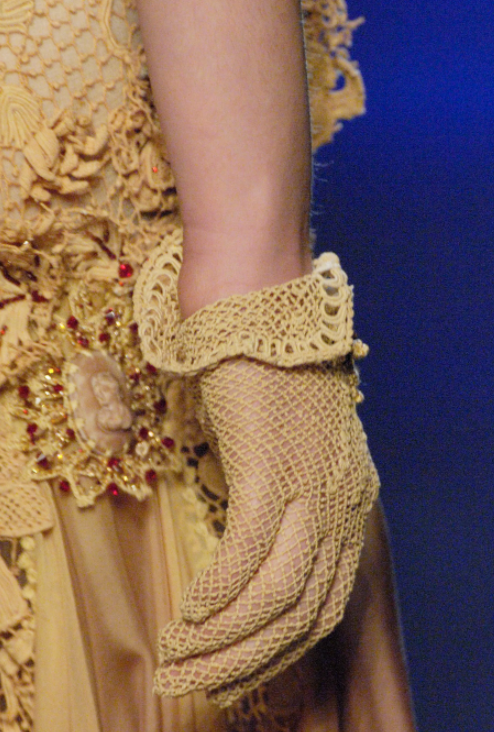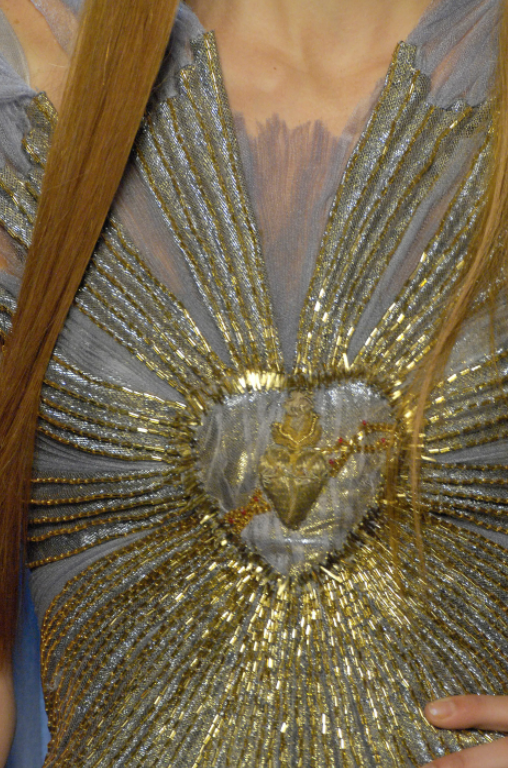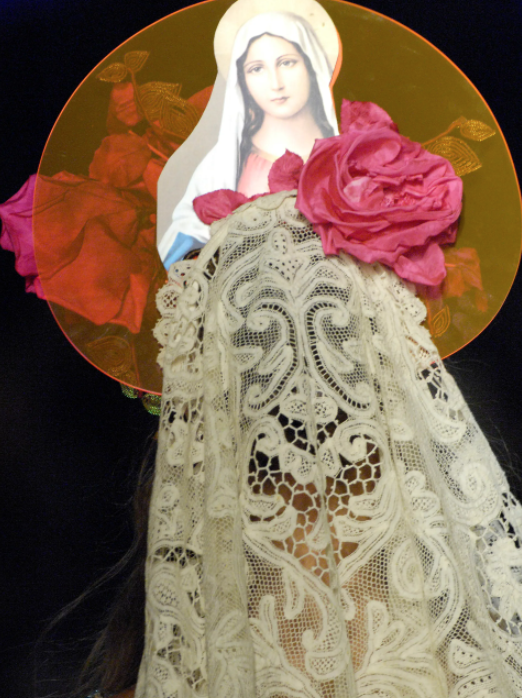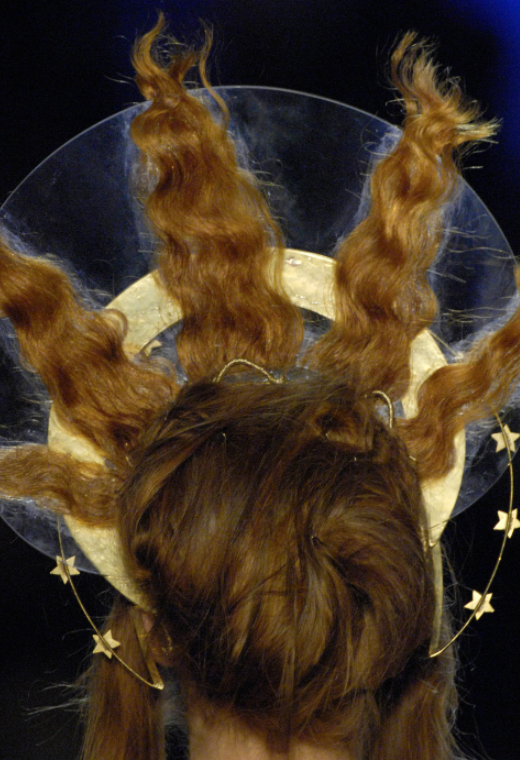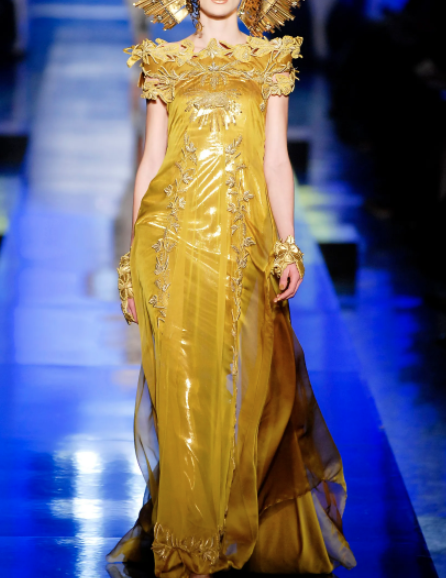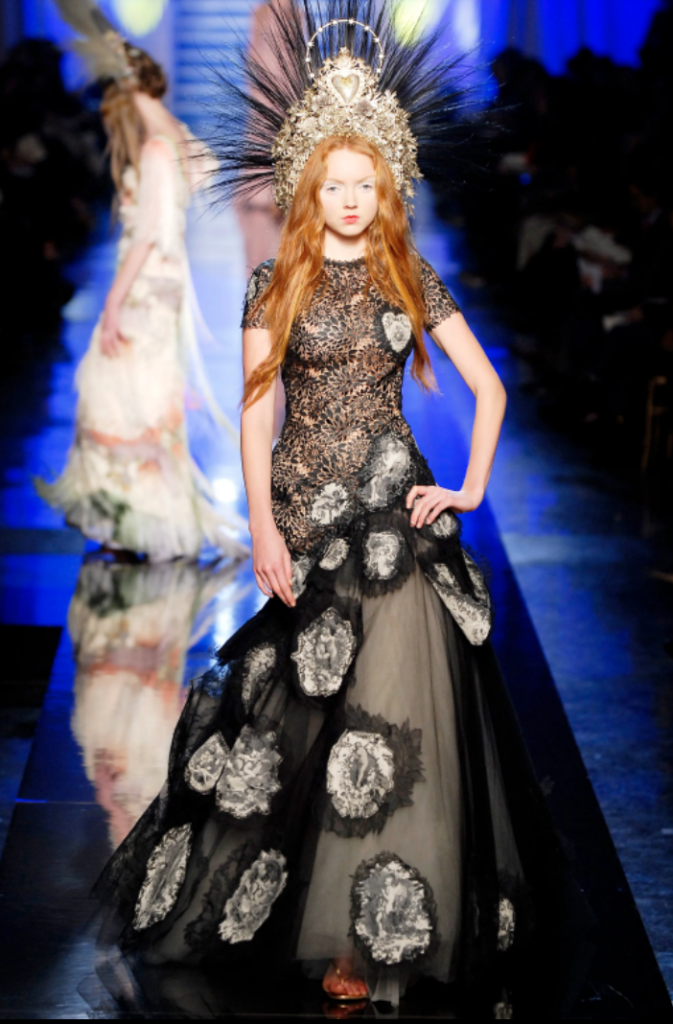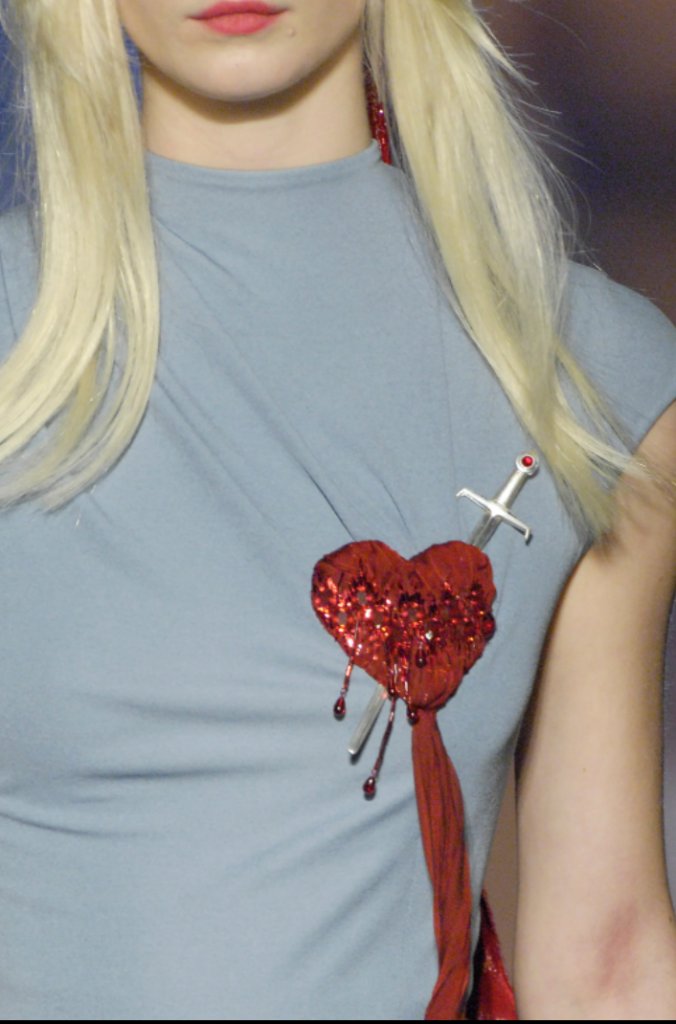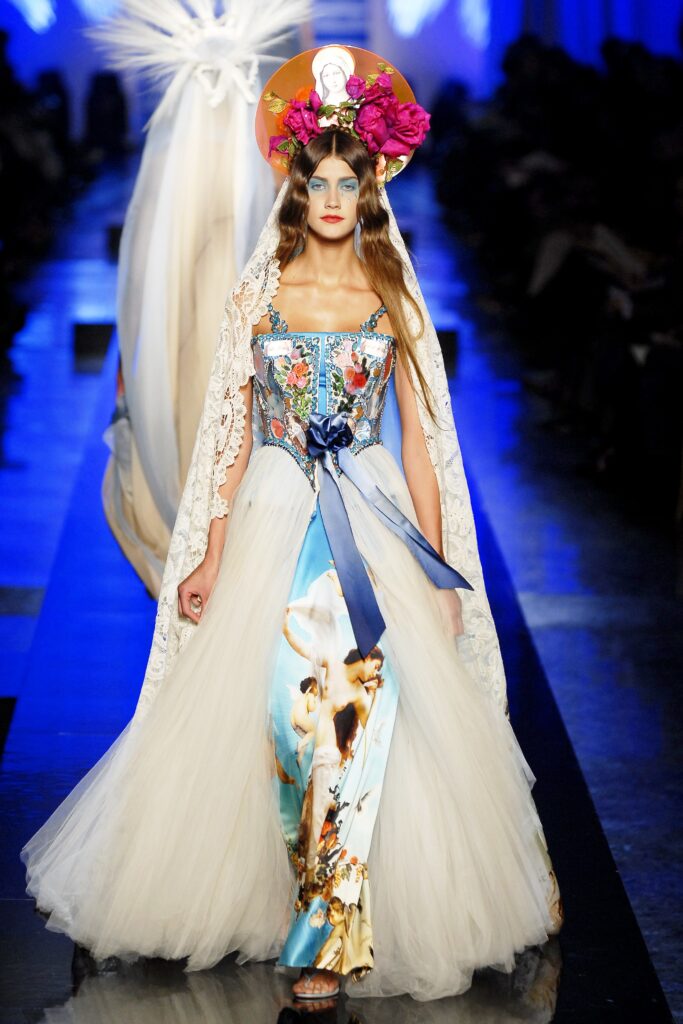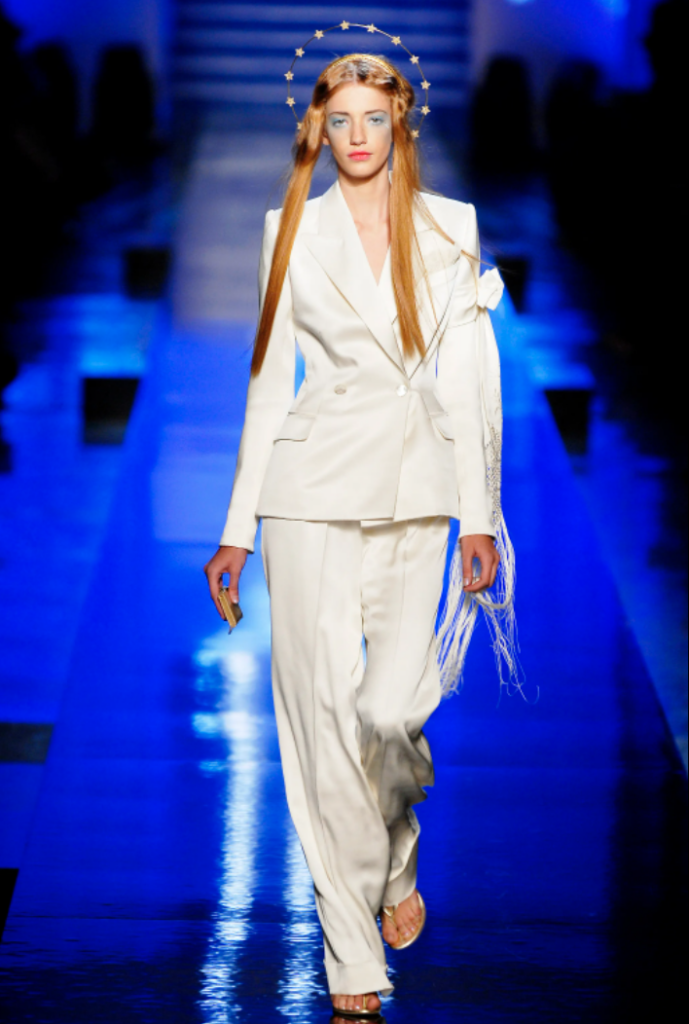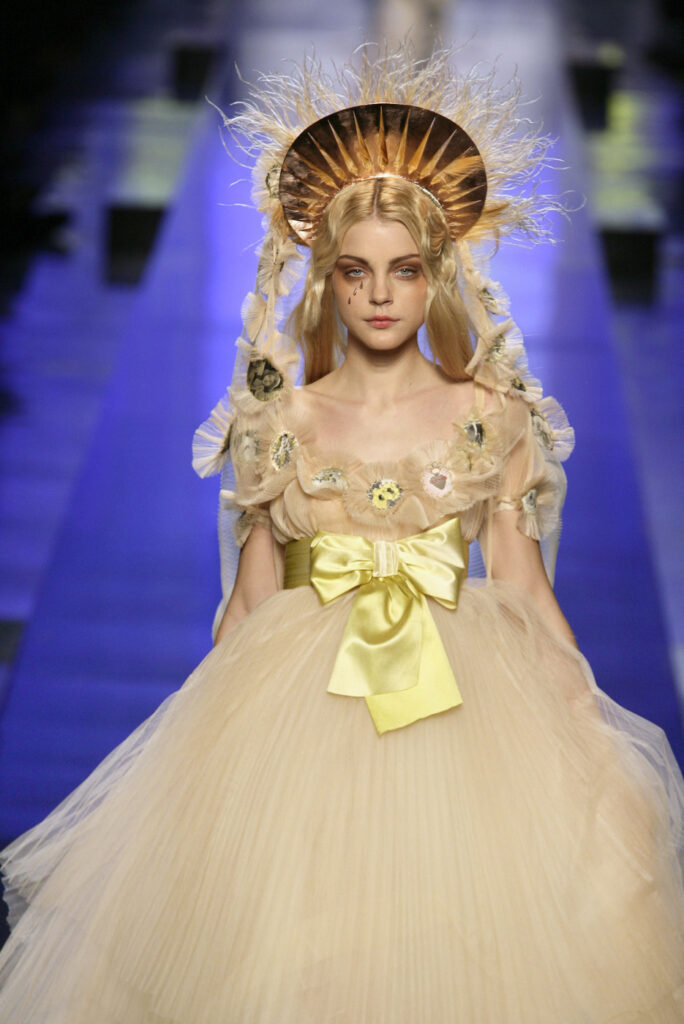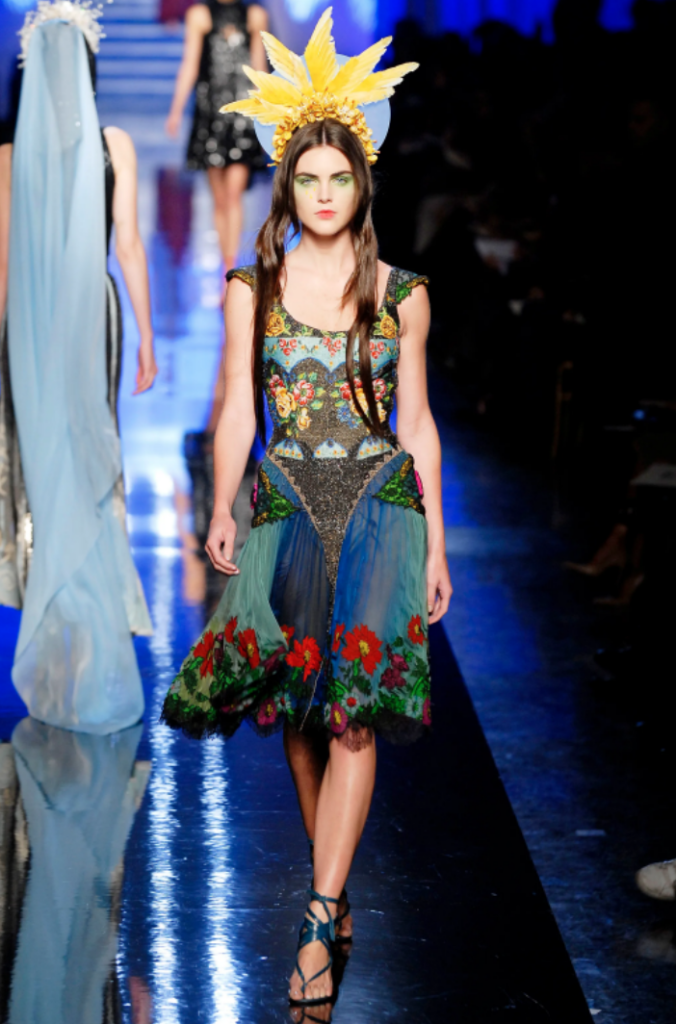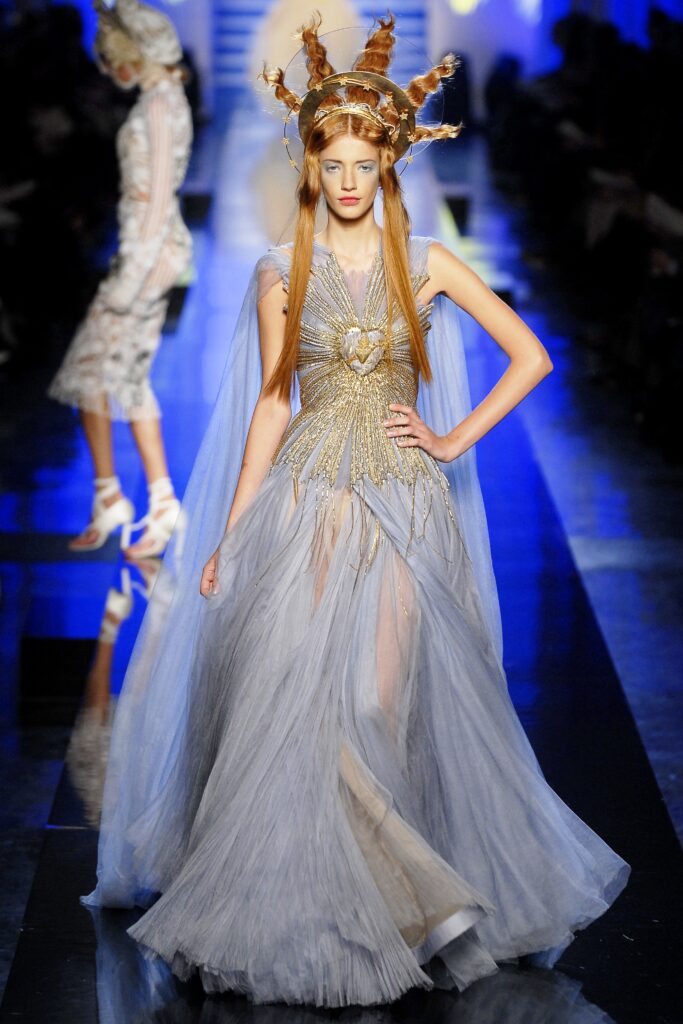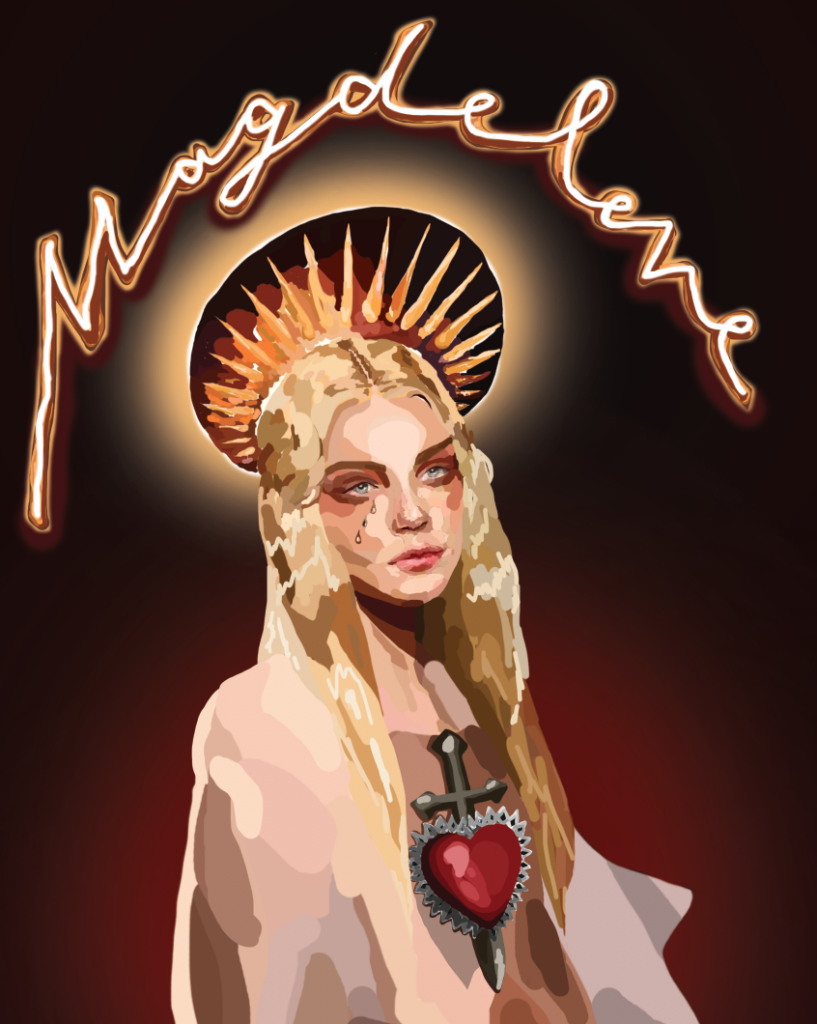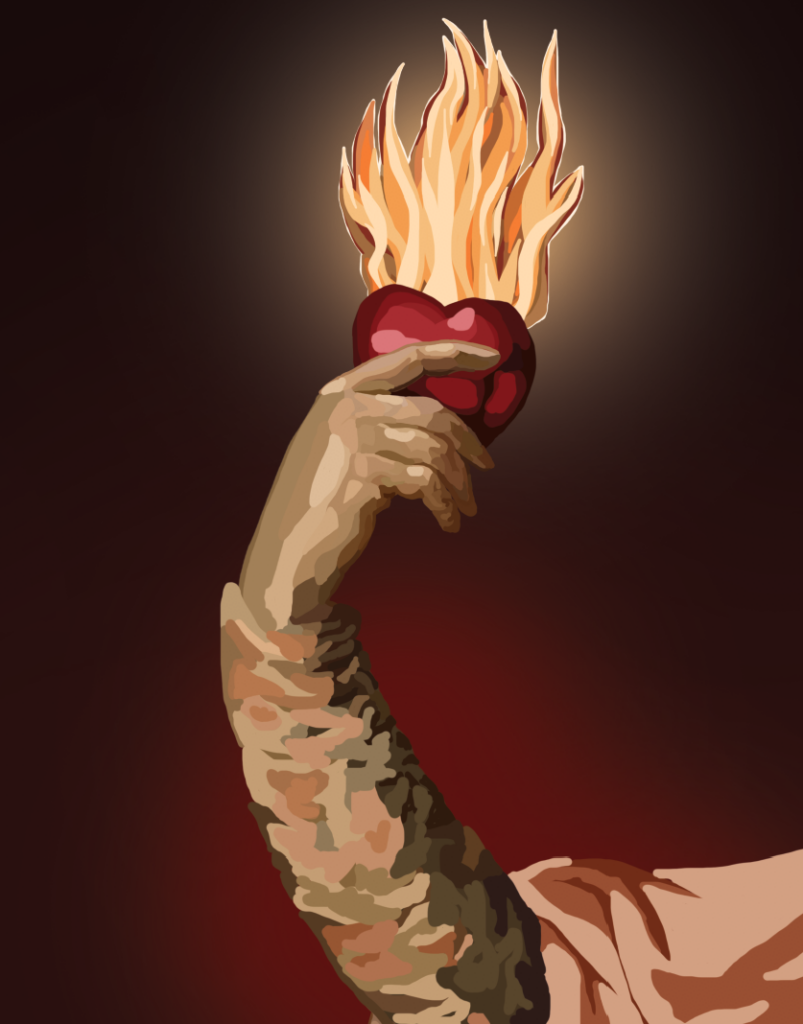Magdelene Magazine launched in May 2022 with an event in Rome, Italy. The event was hosted at Residenza Lavernale located in Municipio I (the landmark to reach the banquet is the Knights of Malta Keyhole). This event was to celebrate the creation of our first issue to thank those who have helped make our vision into reality. Attendees included a variety of influencers, brand owners, designers, and fashion professionals. The event included food, cocktails, and a copy of our first issue. Each attendee went home with a goody bag full of accessories and sample products from featured brands. All proceeds from donations went directly to the production of our next issue.
Author: cbattenb
references
https://www.refinery29.com/en-us/2018/08/208374/heavenly-bodies-the-met-most-popular-exhibit
https://www.refinery29.com/en-us/2018/05/197956/catholic-fashion-runway-photos
https://www.minniemuse.com/articles/muse-boards/jean-paul-gaultier-s-s-2007-couturehttps://www.vogue.com/fashion-shows/spring-2007-couture/jean-paul-gaultier
https://www.vogue.com/fashion-shows/spring-2007-couture/jean-paul-gaultier
EXAMPLE PAGE: NOT FOR VIEWING
dolce and gabbana: the gospel
EXAMPLE PAGE: NOT FOR VIEWING
EXAMPLE PAGE: NOT FOR VIEWING

Have you ever had a religious experience? Something so mystical or divine that could only be explained by a higher power. To those who haven’t, Jean Paul Gaultier’s 2007 Spring/Summer haute couture collection may be the closest thing.
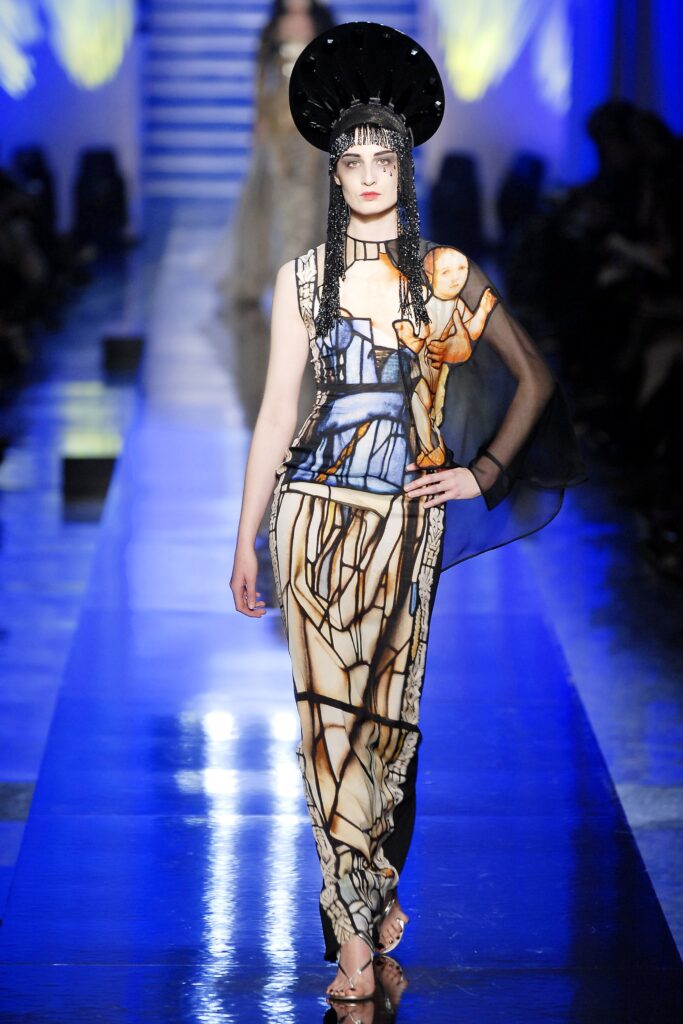
Fashion and religion have quite a few more similarities than what’s on the surface level. The concept of both is rooted in the belief of a higher power and a hierarchy with the fashion gods as CEOs and top designers all the way down to commoners or customers consuming their content. There is a careful duty of respect when analyzing and portraying religion within fashion collections. Jean Paul Gaultier revered the visuals and themes of Catholicism within his Spring/Summer 2007 couture collection and perfectly executed a balance between religion and fashion. Gaultier features various motifs in his artistry through fabric and color choices as well as Catholic iconography.
Color and texture are some of the most recognizable elements of Catholic artwork. Gaultier uses various colors, fabrics, and other styling choices in his collection to praise the imagery of Catholicism. In one of his pieces, Gaultier includes designs reminiscent of the stained-glass artwork that can be found in Catholic Churches. The clean lines and contrasting deep and light. colors are used to create a reflective effect to replicate the glassy textures. The sheerness of the dress and sleeves also bring this point across by imitating the reflectiveness of glass. The use of lace and crochet accents typically used to decorate shrines can also be found in abundance throughout this collection. The color pallet is also notable and specific to historical paintings, holy cards, and stained-glass art. We also see repetitive use of gold and metallics to distinguish a celestial and holy presence in the designs.
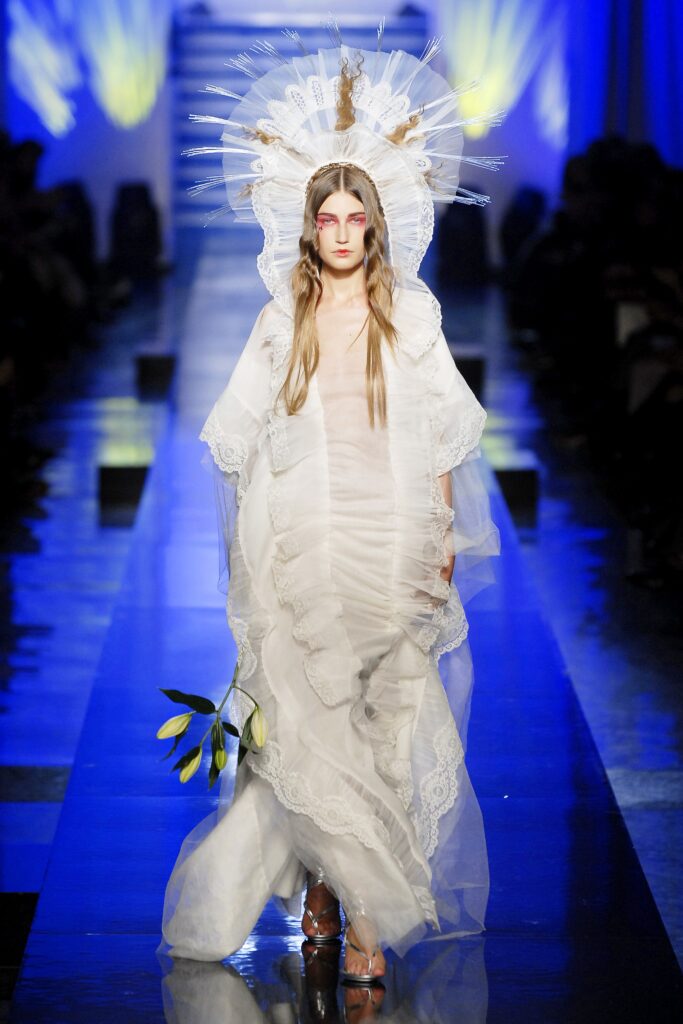
The use of the color gold is apparent in not only his garment but the accessories that Gaultier created as well. In Gaultier’s collection, each model walking the runway is adorned with intricate halos and face paintings to replicate the statues and paintings with these motifs. In many historic religious paintings, holy figures such as Christ, angels, and saints are portrayed with gilded gold halos around their heads. Halos are used to give context to these paintings and depict the subject’s holiness. The use of ornate garment-matching halos gives the models an angelic look and elevates the pieces worn by the models by interacting with each look. Halos are not the only accessory to each look as the models also don some colorful makeup looks, complete with jeweled tears, a reference to the Virgin Mary and her “seven sorrows”. The makeup is also an allusion to the painted statues that we now see in white marble.
The use of motifs doesn’t stop with Mary. Many recognizable Catholic symbols stand out on Gaultier’s runway. This collection uses an assortment of Catholic iconography in original ways to venerate Catholicism and its many stories. The first story referenced through the garments is Christ’s birth. Baby Jesus can be seen in the stained-glass designs alluding to the gospels of Luke and Matthew that tell the nativity story.
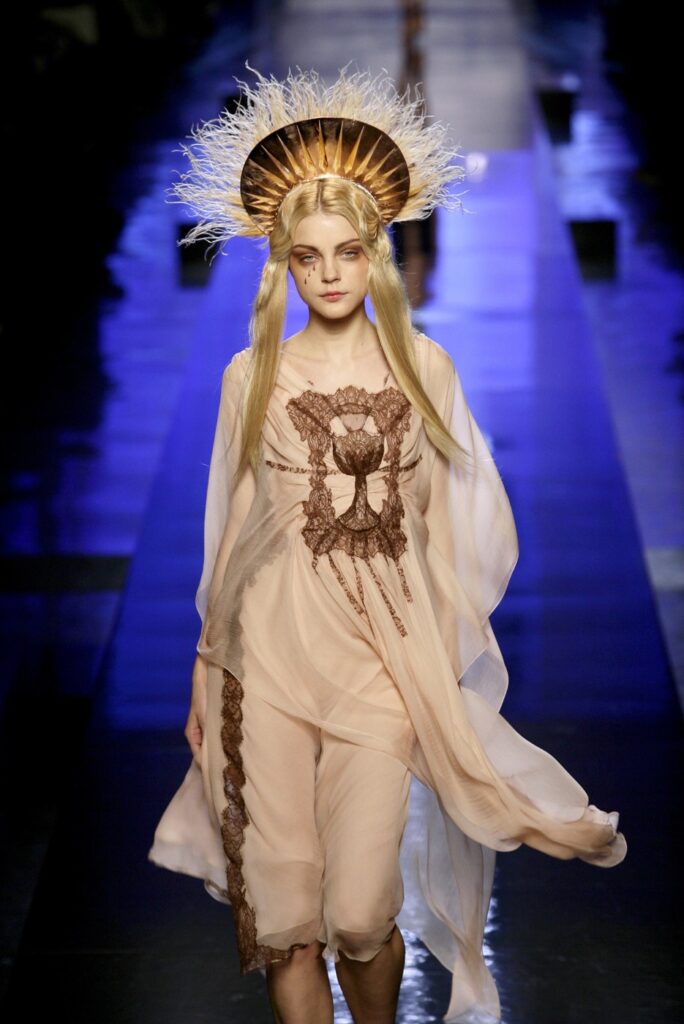
We can also recognize the common symbol of the heart in these designs whether through the bleeding or sacred heart. Included in the iconography of this collection is also the chalice often used for communion, symbolizing the blood of Christ. These symbols are representative of Christ’s love for mankind and his sacrifice for human sins.
In collections from designers that include religious motifs in the past, there is often some controversy surrounding the use of symbols and the provocativeness of the pieces. In Jean Paul Gaultier’s 2007 S/S collection, he creates a fine balance of artistry and reverence throughout his work. Gaultier used these themes not to mock the religion but to imitate and appreciate its beauty. These elements are incorporated throughout the garments in ways that respect and emphasize their importance to the religion.

Heaven is a place on earth. Or at least it was in 2018 when the Metropolitan Costume Institute created its iconic Met Gala and costume exhibition theme of ‘Heavenly Bodies: Fashion and the Catholic Imagination’. The theme, birthed by the curator in chief of the Costume Institute Andrew Bolton, features an array of collections and exhibits that link the world of high fashion and high church. The Heavenly Bodies met gala theme showcases many aspects of the Catholic church’s power over luxury culture including its influence on the world of fashion. As someone who grew up in a religious environment and studies in a city that is deeply rooted in the Catholic religion, it is easy to see why designers may take inspiration from the themes and images used in Catholic artwork and design. Much of the artwork seen in Roman Catholicism uses luxurious imagery that emphasizes the church’s wealth and power. Many fashion designers (specifically luxury designers) have an ongoing relationship with Roman Catholicism which was showcased in this Met exhibition. When it comes to this Met Gala topic, the event can be interpreted by some as a commentary on celebrities and the importance we place in pop culture.
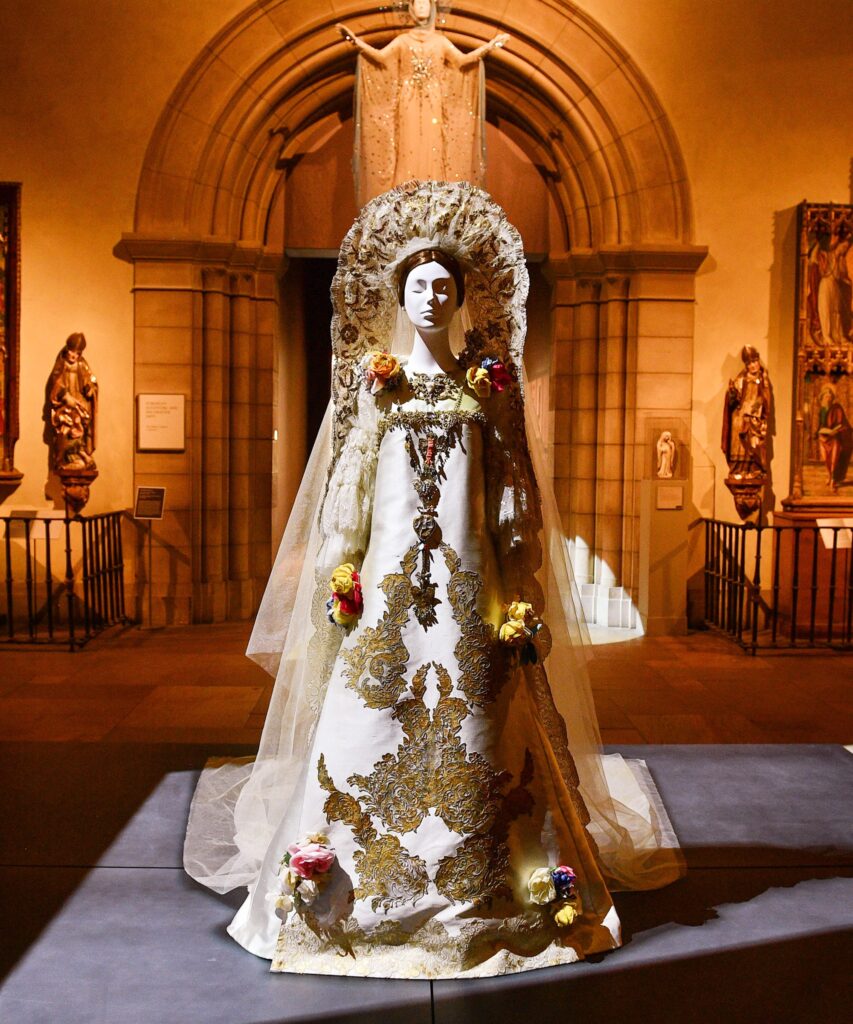
With the great power that the Catholic church possesses, comes an air of extravagance and pageantry. Catholicism uses enchanted and whimsical themes within its imagery that enhance its emphasis on wealth and luxury. Looking at Catholic artwork, especially those featured in cathedrals and churches, it’s easy to recognize that the church held great amounts of wealth and power in its most influential periods. The church and its many powerful patrons would commission artwork from the world’s most talented and famous architects, painters, and sculptors to create the religious artwork and cathedrals that we see today.
There is an almost endless plethora of religious artwork that has been inspired by the Roman Catholic religion and much of it is priced highly and precious in material. In the Catholic religion, having wealth meant that you could essentially buy yourself a way into heaven. You paid fees for weddings, funerals, and baptisms, and were expected to make regular donations to the church in order to show devotion. Having wealth essentially meant you were closer to God which only gave the church more power and influence.
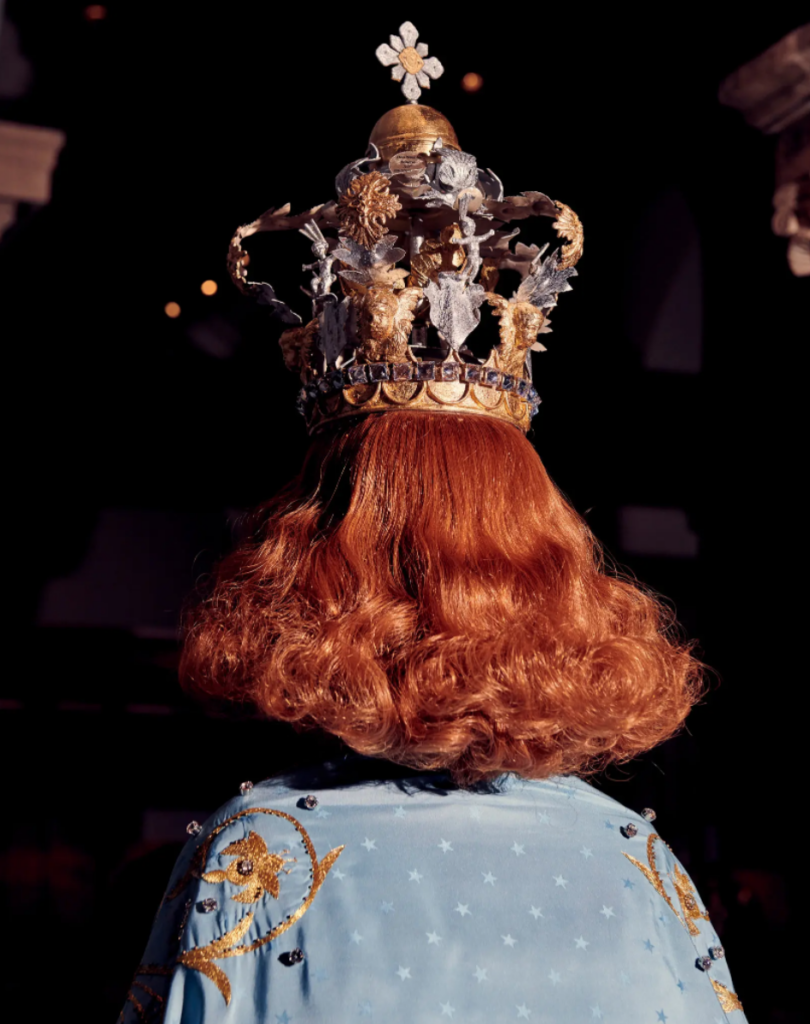
In the many collections that this Met exhibit showcases, the marriage between couture and Catholicism are clear. Many designers and luxury collections have an ongoing relationship with the practices and imagery associated with the Catholic religion. The exhibition features a series of galleries that are inspired by the interiors of Byzantine churches as well as the Medieval and Lehman galleries in the museum including designs inspired by the holy order of the church. You can see the inspiration for the collections in the mosaic and fresco artwork of the Byzantine world in the collections as well as inspiration from the dress of various holy figures. Many of the designers featured in the galleries were raised in the Roman Catholic faith. The exhibit showcases how their designs are heavily influenced by the traditions of the Catholic faith.
The churches and holy places featured in the exhibition were made to feel like a sort of paradise. The exhibits read as a sort of conversation between the designer and religion as well as a telling of short stories about the Catholic religion.
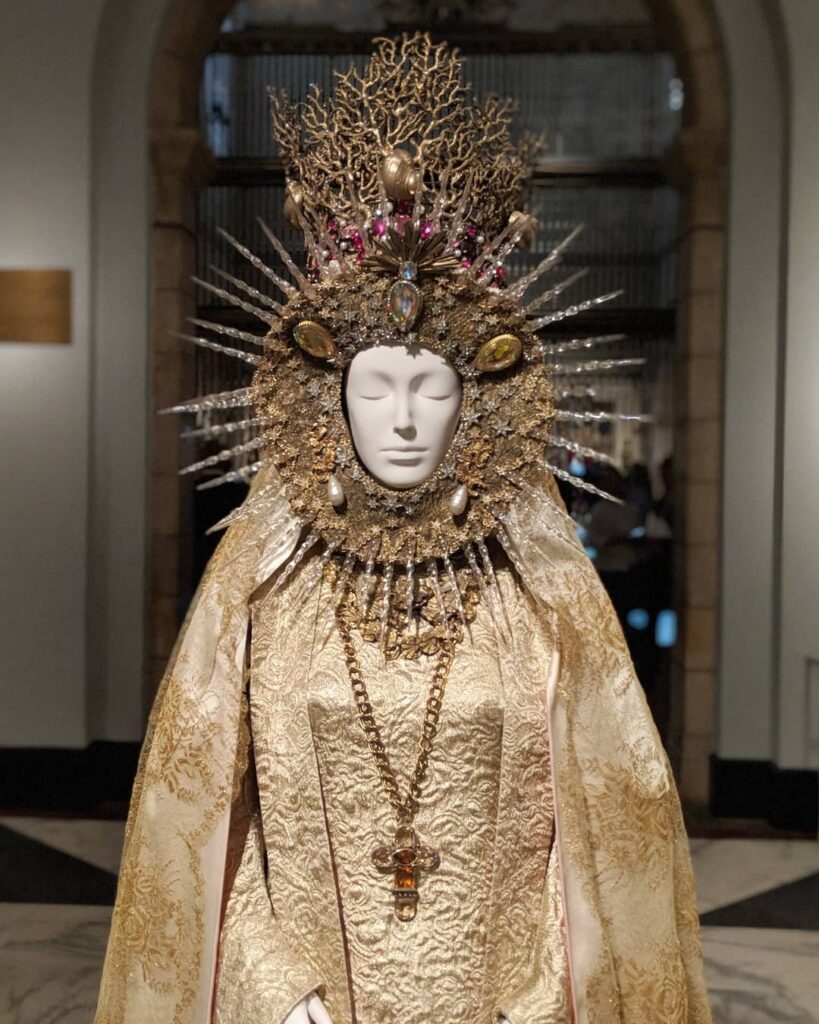
Pieces from these collections come from iconic designers like John Galliano for Christian Dior, Kate and Laura Mulleavy for Rodarte, Dolce & Gabbana, Gianni Versace, Jeanne Lanvin, Yves Saint Laurent, and Thierry Mugler. The collections feature a selection of garments inspired by mosaics, the “earthly hierarchy” including pieces inspired by nuns and popes, as well as the “celestial hierarchy” focusing on angelic figures, a collection of “treasures” such as rosaries, stained glass, and other physical manifestations of faith. Other collections include garments inspired by the Madonna and an “ecclesiastical fashion show”.
When it comes to the Met Gala, it’s impossible to talk about fashion without referencing the major influences of pop culture on the event. The Heavenly Bodies Met Gala included a star-studded variety of celebrity guests wearing religiously inspired designer gowns, suits, and costumes.
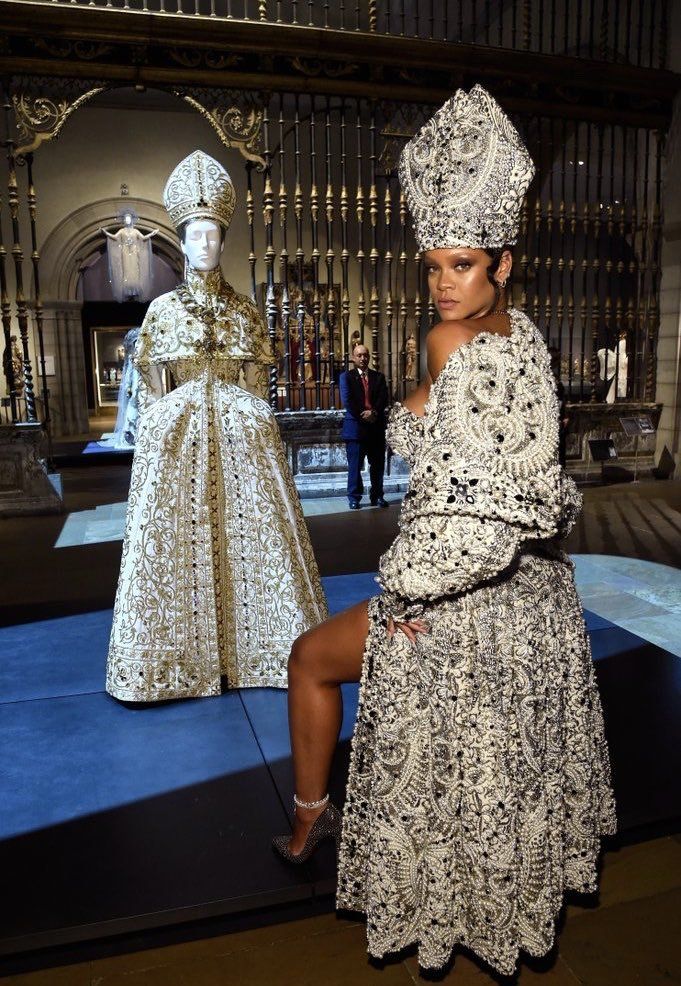
Whether intentional or not, using celebrities to showcase this level of luxury and artistry feels like a commentary on pop culture and the amount of importance we place on public figures. In our current social media-based culture, celebrities have become something reminiscent of gods themselves. They are praised, written about, have large groups of followers, and live in a universe high above the rest of the world. Things like social media have created celebrities and public figures to be almost untouchable in ways that only gods had been before. While analyzing the intensity of the church, celebrities are the only ones who could truly push this message across with their level of relevance. In the same way that the church had all of the money and power when it was at its peak, celebrities have extreme amounts of power and wealth.
Each of the pieces chosen for this exhibit was hand-picked to showcase the religious influences of fashion. This Met theme portrays the many inspirations that the Catholic church poses to the artistic world of couture fashion. Overall the theme was a huge success and drew in a large audience of visitors in the several-month run and received high praise for its artistry and gorgeous visuals. This theme will go down as iconic in Met Costume Institute history.
code of conduct
This company values honesty, accountability, and fairness and holds all journalists and other employees to this ethical code of conduct
Accuracy and Fact-Checking
It is up to each journalist to fact-check their own work and maintain accuracy. If inaccurate information or errors within the publication should be found, they should be brought to our editors who will assess whether clarification or corrections must be made. We owe readers accurate reporting and will handle any corrections with transparency and appropriate reassessing and fact-checking. The deliberate use of false information (ie. false quotations, imaginary sources, etc.) is prohibited.
Plagiarism
Plagiarism and the use of others’ work within an article without proper citation are prohibited.
Race, Sexual Orientation, Religion, and Gender
In general, we do not report the race, ethnicity, or sexual orientation of an individual unless such information is relevant to the understanding of the story or in some cases has been approved by the source. If using an individual’s race in a story, a reporter should never assume a person’s race based on appearance and attempt to contact the individual or a trustworthy secondary source to obtain this information. No journalist, editor, photographer, model, or any other individual involved with the production of a publication should be discriminated against for their race, sexual orientation, religion, or gender.
Harassment
All types of harassment and bullying within this company will not be tolerated.
All models on set should be over the age of 18 unless essential to the story. In this case, the child must be accompanied by an agency-provided chaperone. Any shoot requiring nudity or sexually suggestive content must have an intimacy coordinator on set at all times. If sheer clothing is needed for the shoot, appropriate undergarments should be provided unless agreed upon before. Models will be provided with private dressing areas. We recommend that models should not be left unattended with any photographer, makeup artist, or other individuals working on set at any time. No shoot participant may be under the influence of any alcohol or illegal substances.
Magdelene magazine is a lifestyle and fashion magazine. I chose to create this type of magazine because I wanted full creative freedom with the concepts and themes that I was interested in. The concept that I decided to use as a theme for my magazine was Roman catholicism’s influence on fashion and trends. This is a theme that I have noticed in many luxury collections and was inspired by the many pieces of religious art that I have been able to see while in Italy.
Italian culture is something that is obviously prevalent in Italian brands and many brands have full collections and ad campaigns strictly dedicated to commenting on and imitating Italian fashion and culture in certain regions. Catholicism, although prevalent in many cultures, is especially valued in Italy as it is the epicenter of Catholicism (ie. Roman Catholicism). Religion in Italy has a rich history and affects most of its cities’ famous architecture and art. This is no different when it comes to Italian influences in fashion.
